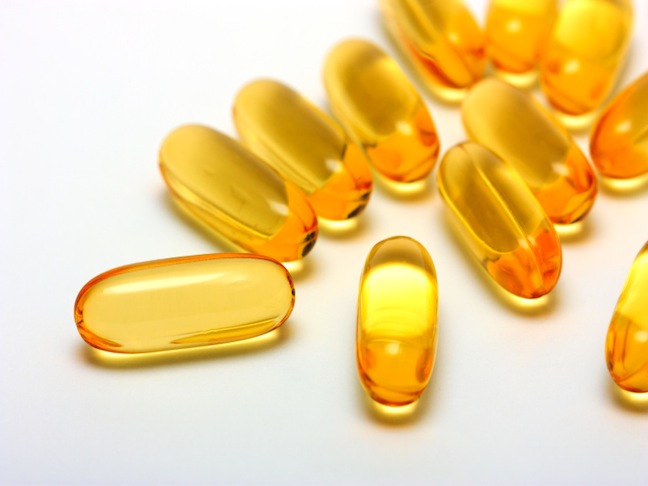
Coenzyme Q10 is naturally produced in the body, but over time its production decreases which results in skin aging. Fortunately, you can provide it to the skin with proper diet and care. Where is Coenzyme Q10 and what role does it play? Who is it recommended for? What cosmetic properties does it have and how is it used?
Coenzyme Q10 – where is it and what role does it play?
The coenzyme Q10 occurs mainly in the mitochondria, where it is a part of the respiratory chain and is responsible for the energy changes of the cells. It performs many different functions, because the Coenzyme Q10:
- participates in the process of cellular respiration, which ensures the proper functioning of the cells;
- stimulates the production of vitamin E;
- stimulates the production and regeneration of cells, slows down the aging process, and together with vitamin E, coenzyme Q10 impairs the production of enzymes that contribute to collagen loss;
- provides skin cells with energy for regeneration, accelerates wound healing, protects the skin from the lack of oxygen and improves its metabolism;
- protects the skin from harmful factors, such as free radicals, weather conditions and solar radiation;
- prevents the formation of wrinkles also making the skin smooth and firm. It also accelerates the skin regeneration by stimulating the process of cell division and preventing the loss of hyaluronic acid, which has an intense moisturizing effect;
- protects the body against cardiovascular diseases, soothes inflammations and increases natural immunity.
Coenzyme Q10 – for whom?
Young people often wonder when they should start using anti-age cosmetics. Usually they decide to do it only around the age of 30, whereas they should start much earlier (according to the rule: prevention is better than cure). The highest concentration of coenzyme Q10 occurs between the age of 19 and 21. Then the production of coenzyme Q10 decreases, and at the age of 40 it can be even up to 25 % lower.
There are also some factors that accelerate the loss of coenzyme Q10, such as stress, illnesses, poor diet and difficult weather conditions. The symptoms of coenzyme Q10 deficiency include chronic fatigue and worsened condition of the skin. To avoid such negative effects, you should provide the coenzyme Q10 regularly to the skin.
Coenzyme Q10 – properties and cosmetic application
Coenzyme Q10 is most commonly derived from plants, such as algae or tobacco. Then it has the form of a fine, orange powder. The manufacturers usually add it to various body lotions, creams and serums that slow down the aging processes, rejuvenate the skin and have an antioxidant effect. You can also buy a CoQ10 supplement and then prepare your own cosmetic products that meet the needs of your skin.
Coenzyme Q10 can be commonly found in beauty products along with hyaluronic acid, collagen, elastin and natural oils. Because it is very delicate it can be used by people with sensitive and even atopic skin. What is interesting, coenzyme Q10 has been used in cosmetics only recently. Although its role was proven already in the 1960s, it was not until 1999 that German scientists proved that systematic use of cosmetics with coenzyme Q10 reduces the laugh line wrinkles. A few years later, it was confirmed that its action prevents skin photoaging processes, i.e. skin damage and wrinkles being a result of UVA and UVB rays.
Adding coenzyme Q10 to your daily care will improve the condition and appearance of the skin, protecting it from free radicals, pollution and harmful UV rays, as well as accelerate skin regeneration. As a result, the face will appear younger. The coenzyme also smoothes out small wrinkles, moisturises and firms the skin. In the form of under-eye patches, it reduces excessive puffiness and dark circles.





Leave a Reply